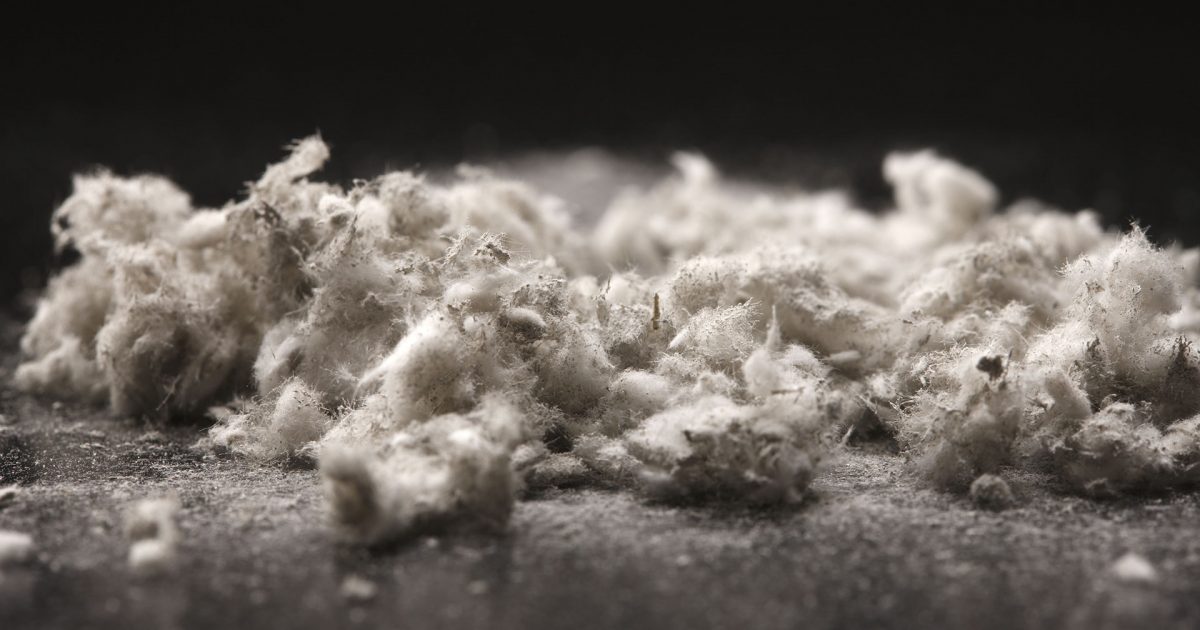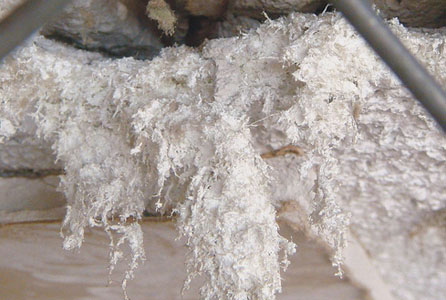3 Most Common Asbestos
AMOSITE- Brown Asbestos
This mineral has a fibrous form (fibre like texture) and is also known as Brown Asbestos. Due to the natural coloration of the fibres. Asbestos, being the name given to the collection of minerals grown in a fibrous manner.
The reason Amosite had such a wide range of applications is due to the properties the mineral offers: High tensile strength, very flexible, heat durability, thermal, electrical, and sound adsorption, Chemical, biological, and thermal degradation resistances.

White Asbestos
This mineral has a fibrous form (fiber like texture) and is also known as White Asbestos. Due to the natural coloration of the fibers. Asbestos, being the name given to the collection of minerals grown in a fibrous manner.
Chrysotile white asbestos is the most common type used throughout the world. Having a hardness similar to a human fingernail. However, it is known to crumble very easily into fibrous strands composed of smaller bundles of fibrils.
Other properties of Chrysotile include: High tensile strength, very flexible, heat durability, thermal, electrical, and sound adsorption, Chemical, biological, and thermal degradation resistance

Blue Asbestos
This mineral has a fibrous form (fibre like texture) and is also known as Blue Asbestos. Due to the natural coloration of the fibres. Asbestos, being the name given to the collection of minerals grown in a fibrous manner.
Crocidolite has many useful properties. Which is why it had such a wide range of industrial applications. These include: High tensile strength, very flexible, heat durability, thermal, electrical, and sound adsorption, Chemical, biological, and thermal degradation resistance. Because of these properties blue asbestos was commonly used as an insulator. Such as pipe insulation, spray-on coatings, plastics, as well as cement products. Also found in insulating boards, ceilings, tiles, and was even used to insulate steam engines.

